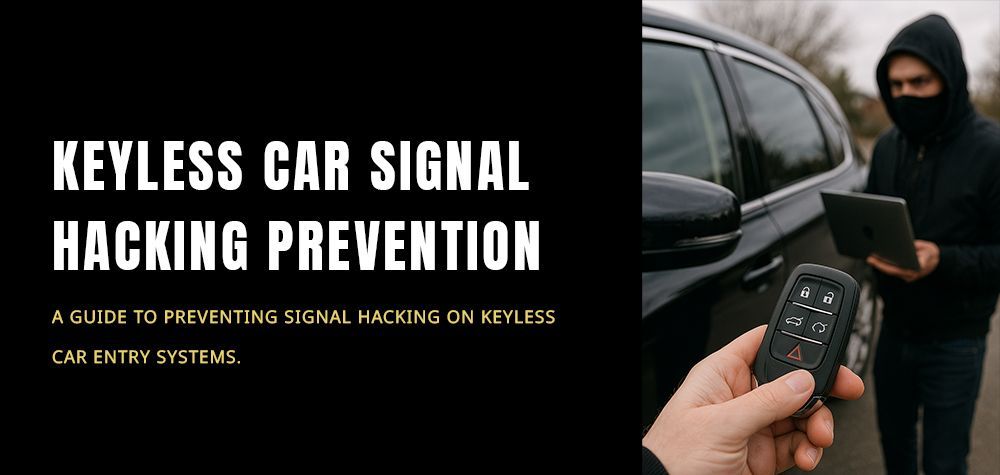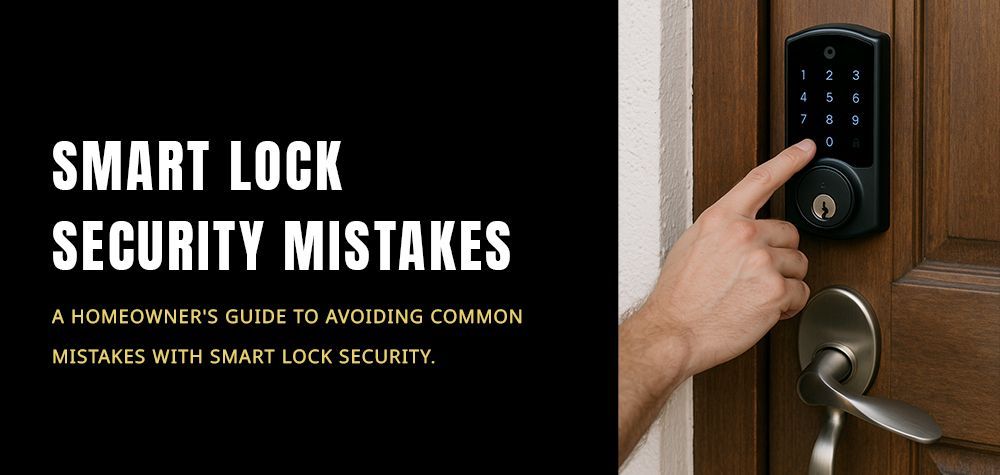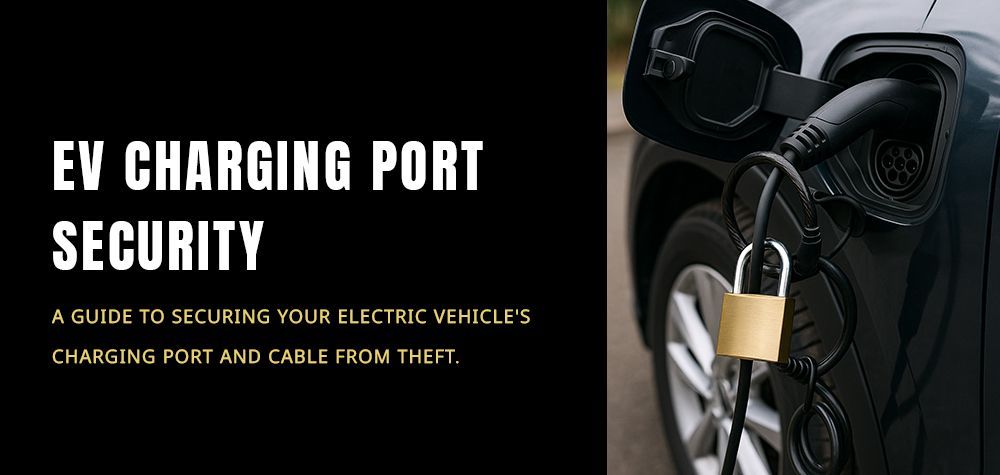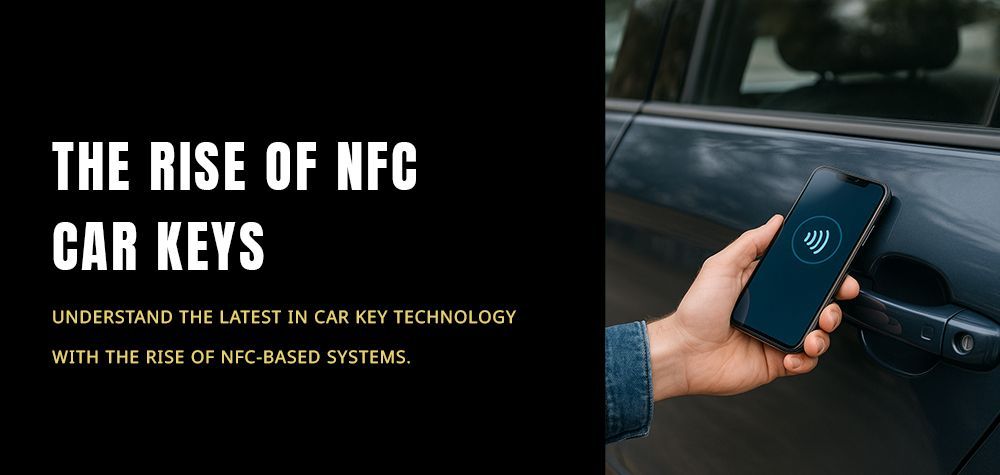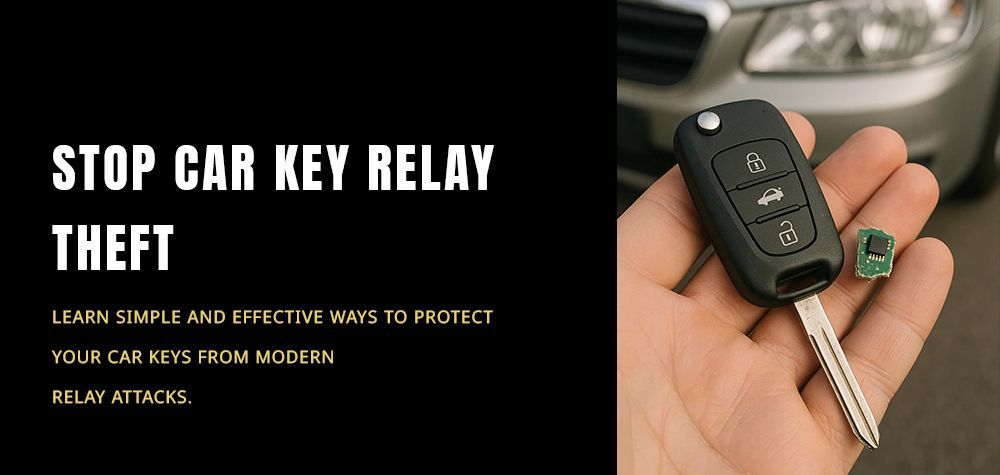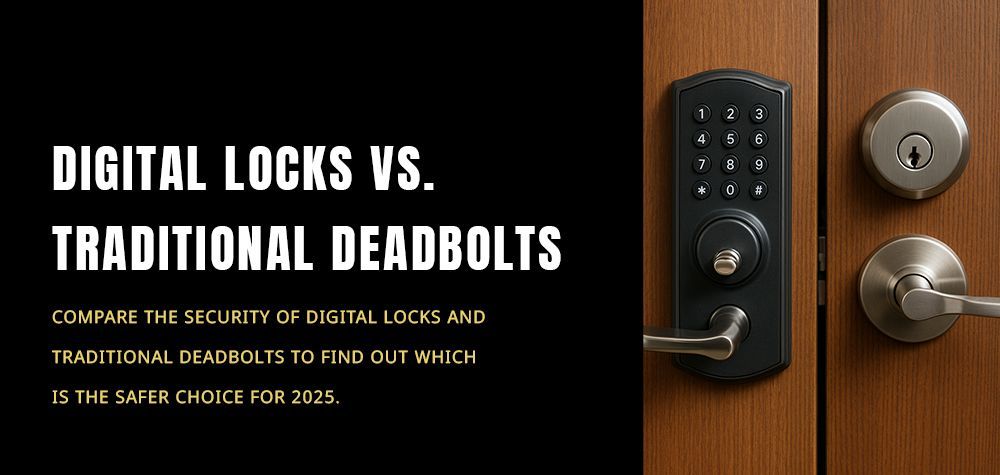What Causes a Car Door Lock to Malfunction?
We’ve all experienced that frustrating moment when our car door lock just won’t cooperate. Whether it’s a stubborn key, a remote that’s lost its magic, or a lock that seems to have a mind of its own, a malfunctioning car door lock can be more than just an inconvenience—it can be a serious security issue.
Understanding what causes these malfunctions is key to fixing the problem efficiently and preventing it from happening again. In this article, we’ll dive into the most common culprits behind car door lock issues. From wear and tear to electrical glitches, we’ll cover everything you need to know to troubleshoot and address these problems. So, if you’re tired of struggling with your car locks, stick with us—we’ve got you covered with practical tips and solutions to get your locks back in top shape.
Common Causes of Car Door Lock Malfunctions
1. Wear and Tear
Over time, the constant use of your car door locks can lead to wear and tear, affecting their functionality. Daily operation can cause internal components to degrade, leading to inconsistent performance or complete failure. Regular maintenance can help extend the life of your locks, but eventually, some parts may need replacement.
Signs of wear and tear:
- Difficulty turning the key
- Grinding or squeaking noises
- Locking mechanism feels loose or wobbly
2. Faulty Key Fob or Remote
A malfunctioning key fob or remote can disrupt the normal operation of your car door locks. If the signal isn’t transmitting properly, you may experience issues with locking or unlocking your doors remotely. Troubleshooting the key fob can often resolve these problems.
Troubleshooting key fob problems:
- Replace the battery in the key fob
- Check for signal interference
- Reprogram the key fob if necessary
- Verify if the issue is with the fob or the car’s receiver
3. Broken or Worn Out Lock Cylinder
The lock cylinder is a crucial component of your car's locking system. When it becomes damaged or worn out, you might find it challenging to insert the key or turn it effectively. Regular use and exposure to elements can contribute to the deterioration of the lock cylinder.
4. Electrical Problems
Modern cars rely on electrical systems to control door locks. Issues such as faulty wiring, blown fuses, or malfunctioning actuators can lead to problems with locking and unlocking your doors. Identifying and addressing these electrical faults is essential for proper function.
5. Mechanical Issues
Mechanical problems within the lock assembly can cause malfunctions. These issues might stem from broken springs, misaligned components, or internal damage. Regular inspection and timely repairs can help mitigate these problems.
6. Frozen Locks
In colder climates, car door locks can freeze, preventing them from operating correctly. This is often due to moisture that turns into ice inside the lock mechanism. Using appropriate de-icing methods and protective measures can help prevent this issue.
7. Foreign Objects or Debris
Dirt, dust, and other debris can obstruct the internal components of your car door lock. Over time, this buildup can affect the lock’s performance, causing it to jam or function improperly. Keeping your locks clean and free from debris is crucial for smooth operation.
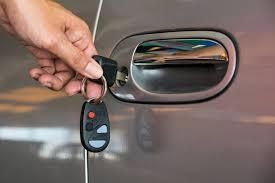
Symptoms of a Malfunctioning Car Door Lock
- Difficulty turning the key or pushing the lock button
- Unresponsive key fob or remote
- Strange noises, such as grinding or clicking sounds
- Inconsistent locking and unlocking behavior
- Difficulty opening or closing the door
- Key getting stuck in the lock
- Visible damage or misalignment in the lock mechanism
How to Diagnose and Fix Common Issues
- Test the Key and Remote: Check if the problem is with the key or remote by using a spare key or remote. Replace the battery in the key fob if necessary.
- Inspect the Lock Cylinder: Look for signs of physical damage or wear. If the key turns roughly or doesn’t insert properly, the lock cylinder might be the issue.
- Listen for Noises: Pay attention to any unusual sounds when operating the lock. Grinding or clicking can indicate mechanical problems or debris inside the lock.
- Check for Electrical Issues: Test the lock operation with the car’s electrical system. Ensure that fuses are intact and wiring connections are secure.
2. When to Seek Professional Help
- Persistent Issues: If you’ve tried troubleshooting and the lock still doesn’t work correctly, it may be time to consult a professional.
- Complex Problems: For issues related to internal mechanisms, electrical components, or if you’re unsure about the diagnosis, a professional locksmith or mechanic can provide expert assistance.
- Signs of Extensive Damage: If there’s visible damage to the lock assembly or if the lock is completely unresponsive, professional repair or replacement might be necessary.
3. Finding a Reliable Professional
If your car door lock issues persist despite your best efforts or if the problems seem too complex to handle on your own, it’s time to seek professional assistance. Persistent or severe problems such as unresponsive locks, extensive mechanical damage, or complex electrical faults often require the expertise of a skilled locksmith or mechanic. For reliable and efficient service, consider reaching out to Brother Locksmith. Their experienced technicians can diagnose and repair a wide range of car door lock issues, ensuring your vehicle’s security is restored quickly and effectively.
Conclusion
Dealing with a malfunctioning car door lock can be frustrating, but understanding the common causes and symptoms can help you address the problem effectively. Whether it’s wear and tear, a faulty key fob, or more complex issues like electrical or mechanical faults, knowing what to look for and how to troubleshoot can save you time and stress. If the problem proves too challenging or persistent, don’t hesitate to seek professional help. Reaching out to Brother Locksmith ensures that you receive expert care and a solution tailored to your vehicle's needs. With the right approach, you can get your car door locks back in top shape and enjoy peace of mind knowing your vehicle is secure.
Understanding Common Car Door Lock Issues: A Guide to Diagnosis and Repair
Frequently Asked Questions About Locksmith Services
Key Stuck in the Car Door Lock: Causes and Solutions for Quick Repair
Call Us Any Time!


